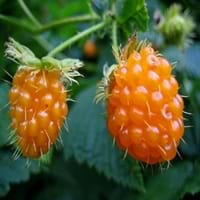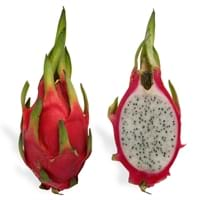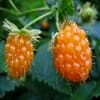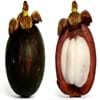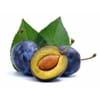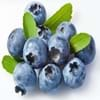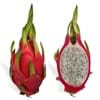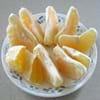Health Benefits
Cancer prevention, Improves stomach health, Weight loss properties
Anti-oxidant properties, Anti-aging benefits, Maintains healthy cholesterol level, Weight loss properties
General Benefits
Anti oxidant properties, Digestive aid, Eye care, Healing of wounds, Improves eye vision, Maintains healthy cholesterol level, Strengthens bones
Helps in weight loss, Suppresses Arthritis
Skin Benefits
Anti-aging benefits, Reduces wrinkles
Anti-aging benefits, Heals sunburn, Treatment of acne
Hair Benefits
Protects hair, Regulates hair growth
Treatment of colored hair
Allergy Symptoms
Abdominal pains, Itching, Swelling of mouth, tongue or lips
NA
Side Effects
Allergic reaction
NA
Lactating Women
Yes
Not Available
Best Time to Eat
Best if taken as a breakfast (or empty stomach), As a snack in the late afternoon, Don't eat after meal, Morning time (before lunch)
Any time except an hour after meal, Don't consume at night and before bed
Vitamin A (Retinol)
Not Available
Vitamin B5 (Pantothenic Acid)
Not Available
Vitamin B6 (Pyridoxin)
Not Available
Vitamin B9 (Folic acid)
Not Available
Vitamin C (Ascorbic Acid)
Vitamin E (Tocopherole)
Not Available
Vitamin K (Phyllochinone)
Not Available
Calories in Fresh Fruit with Peel
Calories in Fresh Fruit without Peel
Not Available
Not Available
Calories in Frozen Form
Not Available
Not Available
Calories in Dried Form
Not Available
Not Available
Calories in Canned Form
Not Available
Not Available
Calories in Pie
Not Available
Type
Berry
Berry, Citrus, Fruit vegetable, Melon, Tree fruit, Tropical
Season
All seasons
Early fall, Summer
Varieties
Golden ruby and Olympic Double
Selenicereus megalanthus and Hylocereus polyrhizus
Color
Pink, Pink red, Salmon, Salmon yellow
Magenta, Pink
Origin
North America
Central America, Mexico
Climatic Conditions
Moist
NA
Facts about
- The name salmon berry is due of the resemblance with 'salmon roe'.
- In 1 kg of fruit, there are total 315,250 seeds.
- Salmon berry tree leaves act as an excellent replacement for tea.
NA
Spirits
Not Available
Yes
Cocktails
Not Available
Yes
Top Producer
United States of America
NA
Other Countries
Canada, Mexico
NA
Top Importer
Not Available
China
Top Exporter
Not Available
Vietnam
Botanical Name
Rubus spectabilis
Hylocereus undatus
Synonym
Not Available
Pitaya, Red Pitahaya, Night blooming Cereus, Strawberry Pear, Belle of the Night, Conderella plant
Subkingdom
Tracheobionta
Tracheobionta
Division
Magnoliophyta
NA
Class
Magnoliopsida
Not Available
Subclass
Rosidae
Liliidae
Order
Rosales
Caryophyllales
Family
Rosaceae
Cactaceae
Species
R. spectabilis
H. undatus
Generic Group
Not Available
Cactus
Difference Between Salmonberry and Dragonfruit
We might think that Salmonberry and Dragonfruit are similar with respect to nutritional value and health benefits. But the nutrient content of both fruits is different. Salmonberry and Dragonfruit Facts such as their taste, shape, color, and size are also distinct. The difference between Salmonberry and Dragonfruit is explained here.
The amount of calories in 100 gm of fresh Salmonberry and Dragonfruit with peel is 47.00 kcal and 60.00 kcal and the amount of calories without peel is Not Available and Not Available respectively. Thus, Salmonberry and Dragonfruit belong to and category.These fruits might or might not differ with respect to their scientific classification. The order of Salmonberry and Dragonfruit is Rosales and Caryophyllales respectively. Salmonberry belongs to Rosaceae family and Dragonfruit belongs to Cactaceae family. Salmonberry belongs to Rubus genus of R. spectabilis species and Dragonfruit belongs to Hylocereus genus of H. undatus species. Beings plants, both fruits belong to Plantae Kingdom.
